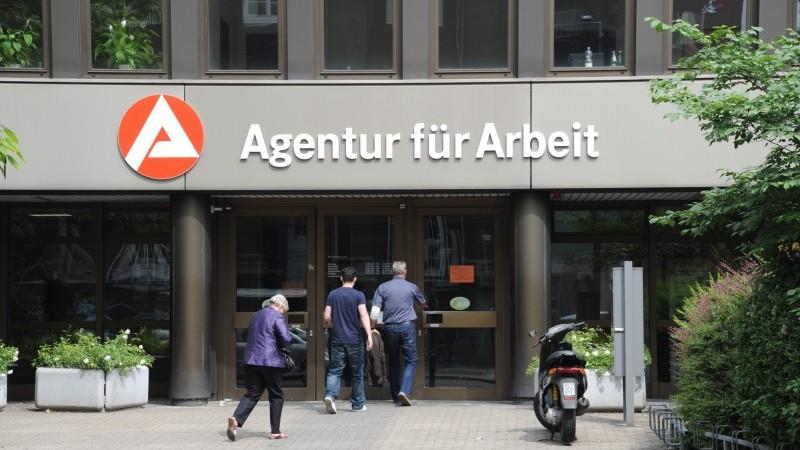German Unemployment At Highest Level In More Than 10 Years
In Germany, three million is not just a number. In the context of the labour market, it represents a symbolic threshold - one that separates strength from weakness. Although this benchmark is entirely arbitrary, today's labour market data will probably leave a larger mark on the public debate than the trend of the last few years. According to the just-released data, German unemployment rose by 45,700, bringing the unemployment figure to 3.025 million, the highest level since early 2015. Seasonally-adjusted unemployment dropped by 9,000, keeping the unemployment rate unchanged at 6.3%.
Despite the symbolic weight of the three-million mark, the deterioration of the German labour market is not a sudden development but part of a longer trend. Since reaching a low of 2.2 million in May 2022, the number of unemployed has steadily increased. This trajectory reflects textbook economics: with the economy effectively stagnating for over five years and industry facing severe structural challenges, a worsening of the labour market was just a matter of time.
Looking ahead, the tentative signs of a bottoming out of the labour market have given way to a more pessimistic outlook. At least in the short run. After some improvements in the spring, recruitment plans in both industry and services have moved sideways, and the number of vacancies is still dropping. However, a few indicators, like the labour agency's own sentiment indicator and social media hiring indicators, do at least point to some bottoming out. At the same time, ongoing announcements of potential cost-cutting measures in the automotive and other industries, and the continuing increase in the number of bankruptcies, suggest that things could get worse before they get better.
To be clear, the demographic impact on the labour market and ongoing labour shortages should prevent a sharp worsening, and the market remains far from revisiting the symbolic - and once alarming - milestone of five million unemployed, a figure that triggered the economic reform agenda of the early 2000s. Still, even if the increase in the number of unemployed remains gradual, the risk of an underlying loss in disposable income and broader economic prosperity is high.

Legal Disclaimer:
MENAFN provides the
information “as is” without warranty of any kind. We do not accept
any responsibility or liability for the accuracy, content, images,
videos, licenses, completeness, legality, or reliability of the information
contained in this article. If you have any complaints or copyright
issues related to this article, kindly contact the provider above.
Most popular stories
Market Research

- United States Lubricants Market Growth Opportunities & Share Dynamics 20252033
- UK Digital Health Market To Reach USD 37.6 Billion By 2033
- Immigration Consultancy Business Plan 2025: What You Need To Get Started
- United States Animal Health Market Size, Industry Trends, Share, Growth And Report 2025-2033
- Latin America Mobile Payment Market To Hit USD 1,688.0 Billion By 2033
- United States Jewelry Market Forecast On Growth & Demand Drivers 20252033






















Comments
No comment